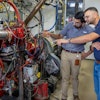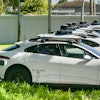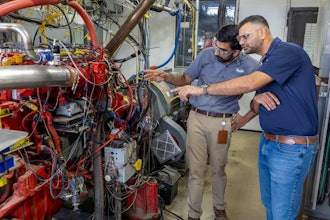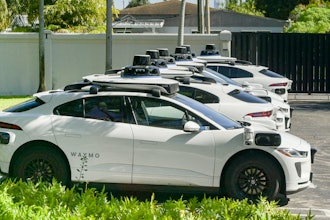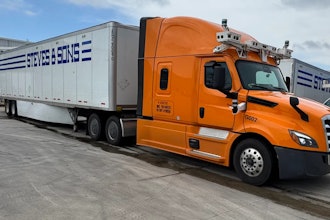Last month, we reported on a situation that was captivating China and perplexing Tesla. In a video that was widely shared on social media, a Model S sitting idly in a parking garage is recorded bursting into flames.
At the time, Tesla took a judicious approach and dispatched a team to China to work with investigators to determine whether the video was real and, if so, what the heck was going on.
But while Tesla was quietly investigating, they were greeted with some unwelcome news: earlier this week, Reuters reported that another parked Model S — this one in Hong Kong — found itself engulfed in flames … so much so, in fact, that it took firefighters 45 minutes to fully put it out.
Now, Tesla says that, in an abundance of caution, it will be issuing a software update that revises “charge and thermal management settings on Model S and Model X vehicles.” Tesla’s software updates are always initiated over-the-air, meaning owners don’t need to bring their vehicles into the dealerships. In a statement, the company says they will continue to investigate the root cause, but the update should “further protect the battery and improve battery longevity."
So, Tesla owners — are you freaking out? Should you be? Car and Driver says to take a deep breath: a few cars bursting into flames when the company has sold half a million shouldn’t be a reason to panic, they say. Believe it or not, Elon Musk agrees. Tesla’s chief took to Twitter after the Shanghai fire to remind everyone that cars powered by the internal combustion engine catch fire a lot more. Just how big is the discrepancy? According to Musk, Teslas are about 500% less likely to catch on fire than their gas-powered counterparts.
But this assertion hasn’t helped raise the company’s stock price, which, after these incidents and a much worse-than-expected quarterly loss, has dropped $100 per share since the close of 2018.

